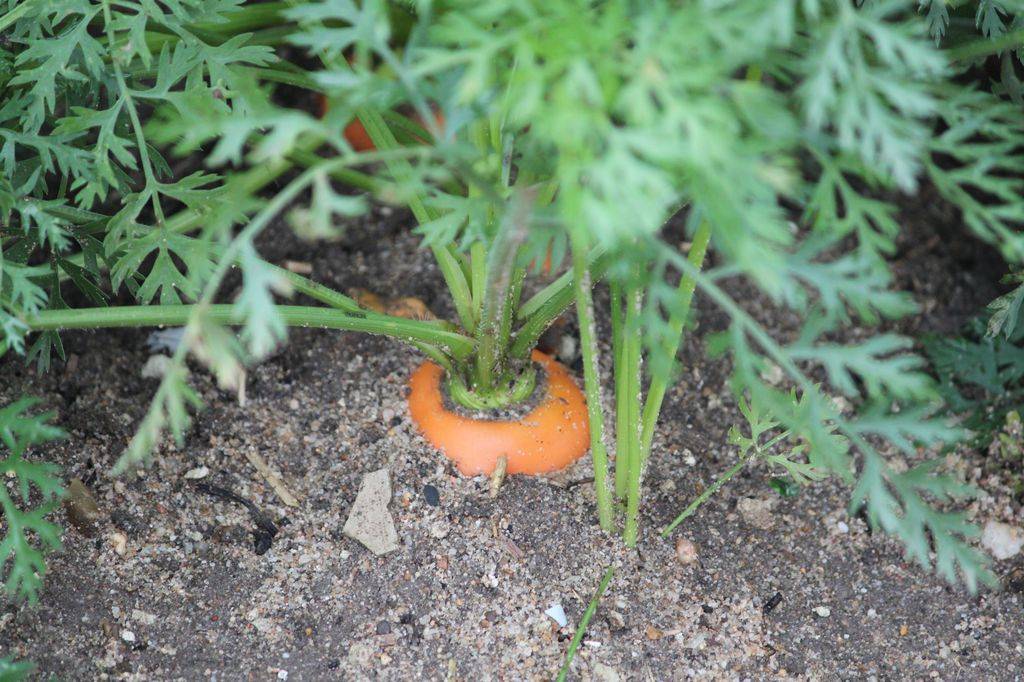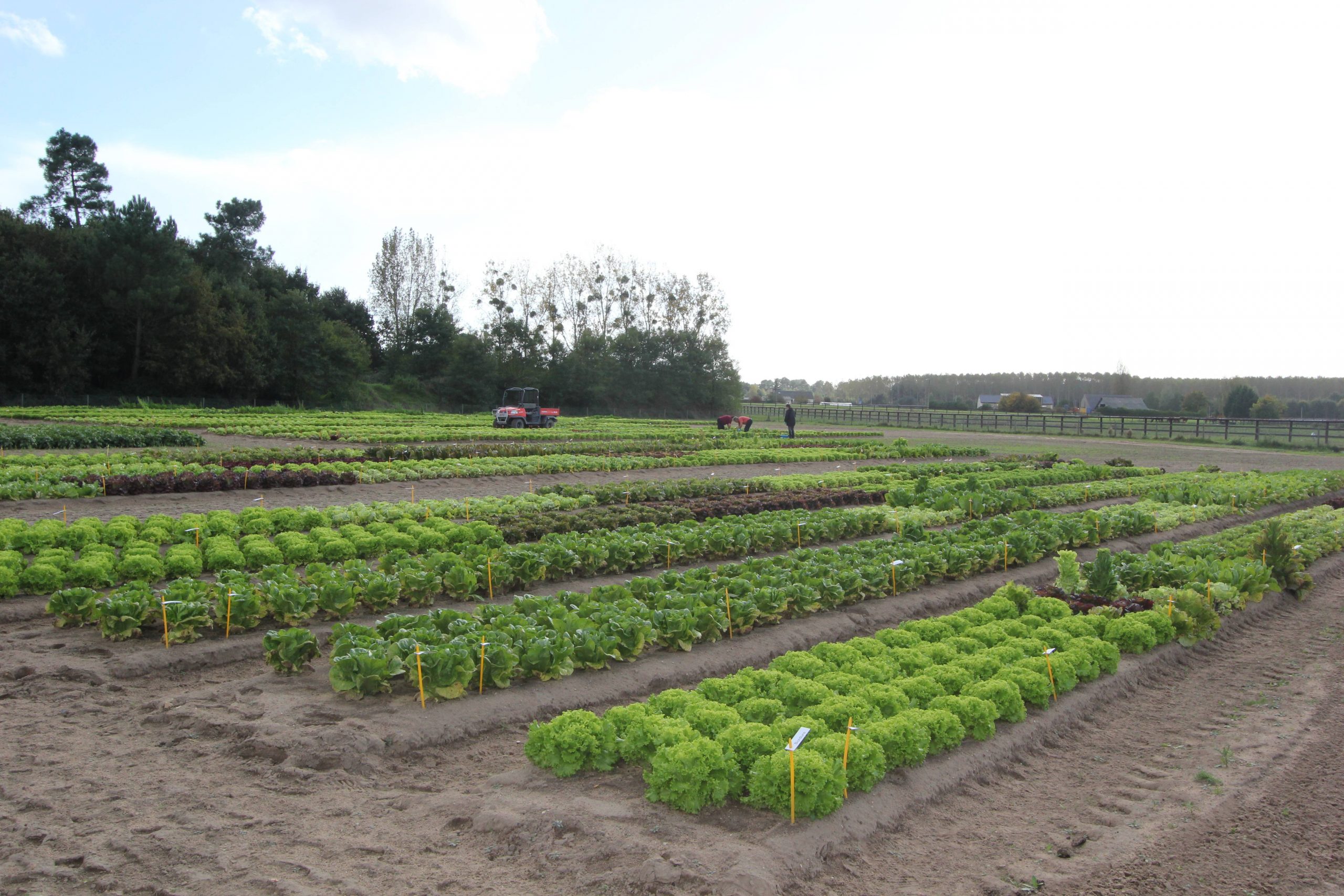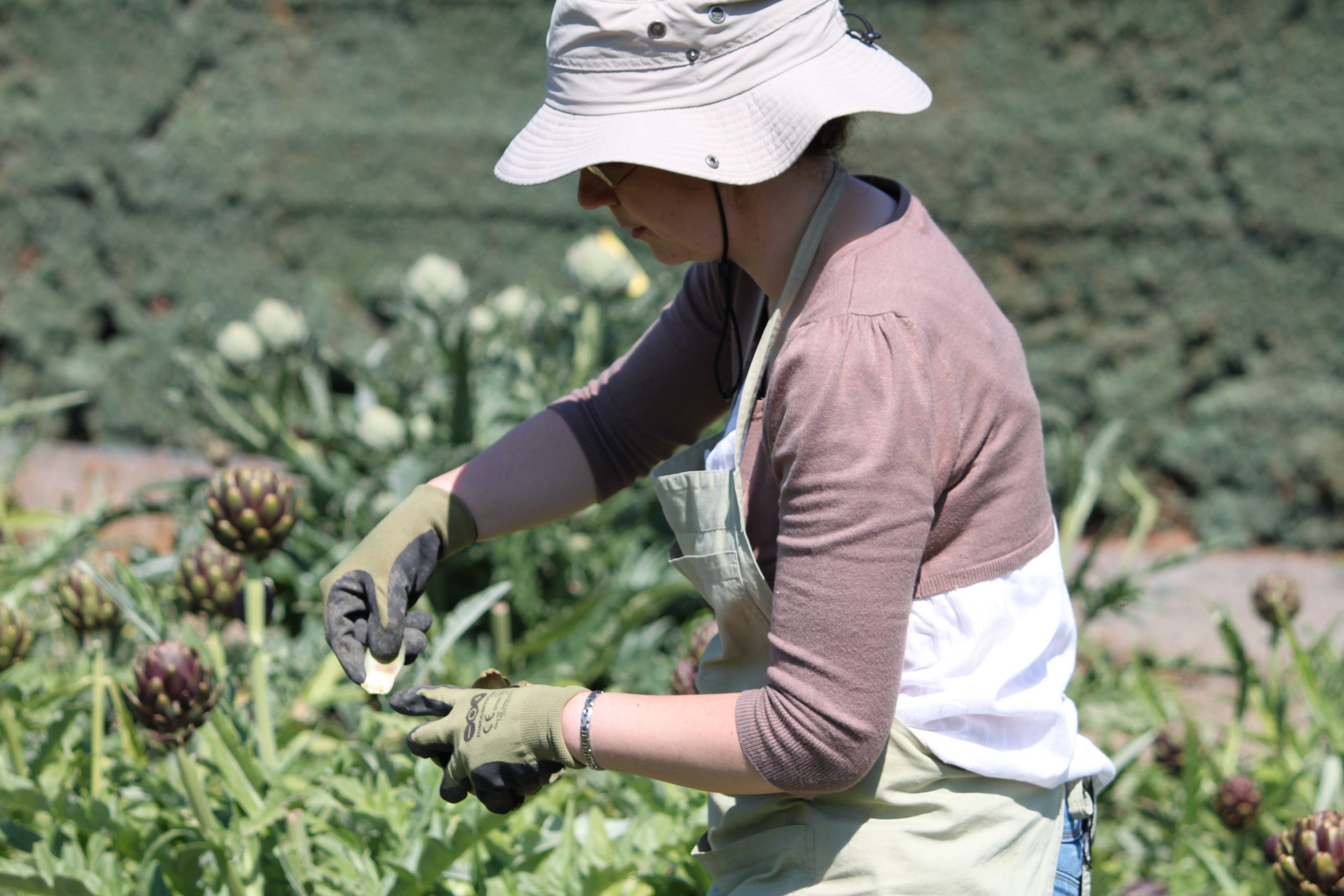Registration of Vegetable Varieties in the French Catalogue
Before a new variety can be placed on the market in France, it must be registered in the Official French Catalogue of species and varieties, also known as the National Listing. The registration of a variety is decided by the Ministry of Agriculture based on proposals from the French Technical Committee for Plant Breeding (CTPS). These proposals are obtained on the basis of studies carried out by GEVES for the CTPS.
Lists A and B are defined by Decree 81-605 of 18 May 1981 (amended) and Directives 2002/55/CE and 92/33/CE, and also Directive 2008/72/CE (for rootstock varieties). Lists C and D are defined by Directive 2009/145/CE of 26 November 2009 and Order no. AGRG 1031808A (Article 4) of 20 December 2010 (for species listed in Directives 2002/55/CE and 92/33/CE).
The list of strawberry varieties complies with Directive 2008/90 and its implementing Directives from 2014.
Procedures for registration in the Official French Catalogue
To qualify for registration on List A of the French Catalogue, a new variety must meet two conditions:
- It must be recognized as Distinct, Uniform, and Stable (DUS) by undergoing official testing in accordance with EU regulations (Directive 2003/91/CE). DUS examinations are carried out to establish a variety’s identity; they also form the basis for seed certification and plant variety rights.
- It must be designated by an approved denomination in accordance with the applicable rules (Regulation CE no. 930/2000 of 4 May 2000).
Candidate varieties are studied over two DUS examination cycles, which can take one or two years. Trials are conducted at GEVES’s experimentation stations, or at another EU examination office. The decision rules are set out in the technical regulations, established by the CTPS Vegetable Section and approved by the Ministry of Agriculture.
For registration on Lists A and B, it is also possible to obtain a Provisional Marketing Authorization (PMA) once the application for registration has been accepted.
- For seed propagated species, provisional marketing authorization is granted in accordance with EU Directive 2004/842, and is valid throughout Europe.
- For vegetatively propagated species (garlic, artichoke, asparagus, shallot, strawberry) listed in Directive 92/33 CE and not included in Directive 2002/55 CE, a national PMA is granted.
The technical regulations for the examinations of vegetable and strawberry varieties, for registration in the Official French Catalogue, are available under “Register a Variety”. You can also find specific technical regulations, such as for artichoke, asparagus, shallot and strawberry.
The list of varieties with a Provisional Marketing Authorization is available at the following link:
Distinction, Uniformity and Stability (DUS) testing
DUS tests are carried out to ensure that a new variety is Distinct from existing varieties, that its characteristics are Uniform, and that the variety is Stable with consistent phenotypic characteristics from one generation to the next.
DUS tests are carried out in accordance with harmonized EU protocols, based on plant material provided by the applicant. A variety description is produced, which is used to identify the variety. This description and plant material can later provide the basis for seed certification and plant variety protection applications.
DUS tests are harmonized at European and international levels, through the CPVO and UPOV respectively. They are conducted in accordance with the CPVO protocol in force. The characteristics studied and the standards of acceptation are specific to the species in question, taking into consideration their genetic structure (pure, hybrid or population lineage) and the method of reproduction (self-pollinated, cross-pollinated).
The DUS test generates a description of the variety detailing its relevant characteristics. For vegetable crops, morphological features and colour are mostly used (leaf shape, fruit colour, etc.) as well as phenological features such as flowering and ripening phases. Varieties are also tested for disease resistance, such as resistance of tomato and pepper varieties to the tomato mosaic virus for tomato and pepper, and resistance of bean varieties to Anthracnose. Similarly, they are tested for their resistance to insects (melon aphids, lettuce aphids, etc.).
GEVES specialises in numerous vegetable species, and is entrusted by Community Plant Variety Office and other examination offices for technical examinations. To evaluate the distinctness of candidate varieties compared to similar existing varieties, GEVES owns extensive collections of well-known reference varieties. It also has extensive databases and software, experimental facilities (fields, greenhouses, conservation chambers) and specialised personnel.
Find out more
- Register a variety in the French Catalogue
- Search the French Catalogue
- Search for a document (protocols, technical regulations, etc.)








